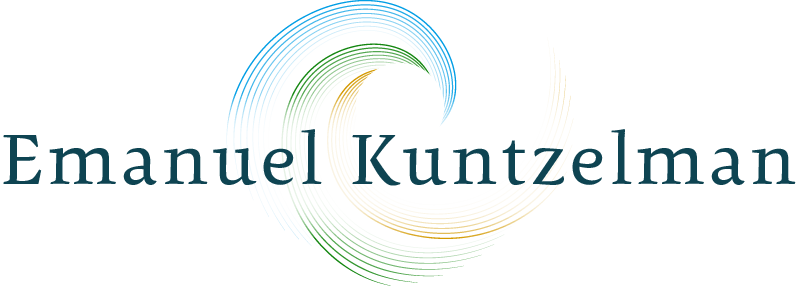
Back to Basics with Peace-seeking Communication
It’s a new year, within a new era, at the turning point of the most crucial moment in human history. The critical mass of need for social change to keep humanity off the endangered species list is weighing on us more with each passing day. Yet we have trouble moving forward, and many of us remain preoccupied with smaller subjects like the weather, the stock market, or the Super Bowl. What will it take to stop us from digging our heads ever deeper into the sand and come up for a fresh take on reality?
At this annual time of resolutions, one thing we can say for sure is that habits die hard. Bruce Lipton says that 95% of behavior comes from the unconscious mind. The 5% remaining is overrun with negative or redundant thought patterns, leaving about 1%-2% for constructive, creative thinking. No wonder we don’t do much about anything, let alone transform. We are locked into patterns of thinking that have been with us since the womb, and they aren’t easy to change. Maybe that is the reason that there is so much resistance to transformation. It’s so hard to reach our full potential that sometimes we don’t even bother to try.
Well, I’m still all for trying. There is something inside of me—perhaps a nagging drive to have purpose in life—that won’t leave me at peace unless I maintain a commitment to personal and social evolution on my daily stage. I am sure that everyone reading this blog feels the same. So, in light of all the built-in challenges to change, where do we begin?
My suggestion is to make a conscious effort to recognize the subconscious neural patterns that keep us locked into our old behaviors, and start working to override this habitual way of thinking and reacting. Pam Kramer, president of Integral Transformative Practice International, and I were discussing this the other day as we prepared for the 2014 edition of the Leadership Transformed retreat/conference to be held in Chicago at the end of May. We had originally decided to do some work with nonviolent communication, but then I asked why it had to be labelled that way. Certainly we want to move beyond violence, but can’t we put a more positive spin on the subject?
Pam agreed, and said that even Marshall Rosenberg, the founder of Non Violent Communication, has wondered about the same thing. “Maybe we should call it peace-seeking communication,” suggested Pam, and I concurred. After all, isn’t that the most basic thing we want to look for in our consciousness: simple peace?
We need to start reprograming the human psyche, and orient it toward peace. This starts on the day-to-day level. Peace-seeking communication begins with self, with family and friends and moves outward. It’s important to notice our internal dialogue and ask ourselves, “Is this tone compassionate?”
This might seem like it is going back to basics, but there’s a real need for reviewing the foundation of our evolution. For increasing numbers of people to join the movement and understand its impact, there should be a starting point with small intentional steps. Perhaps something as old-fashioned as seeking new ways to communicate in the spirit of peace.

Comments 1
I’ve recently become privvy to Marshall Rosenberg’s work and have begun reprogramming my mind to think from a heart space vs. an intellectual space. I’m finding it rather difficult and at the time very powerful. I do believe it is what the world needs at this time to move forward in peace.
I’ll be curious to see how you’ll use the model in the upcoming workshop. 🙂